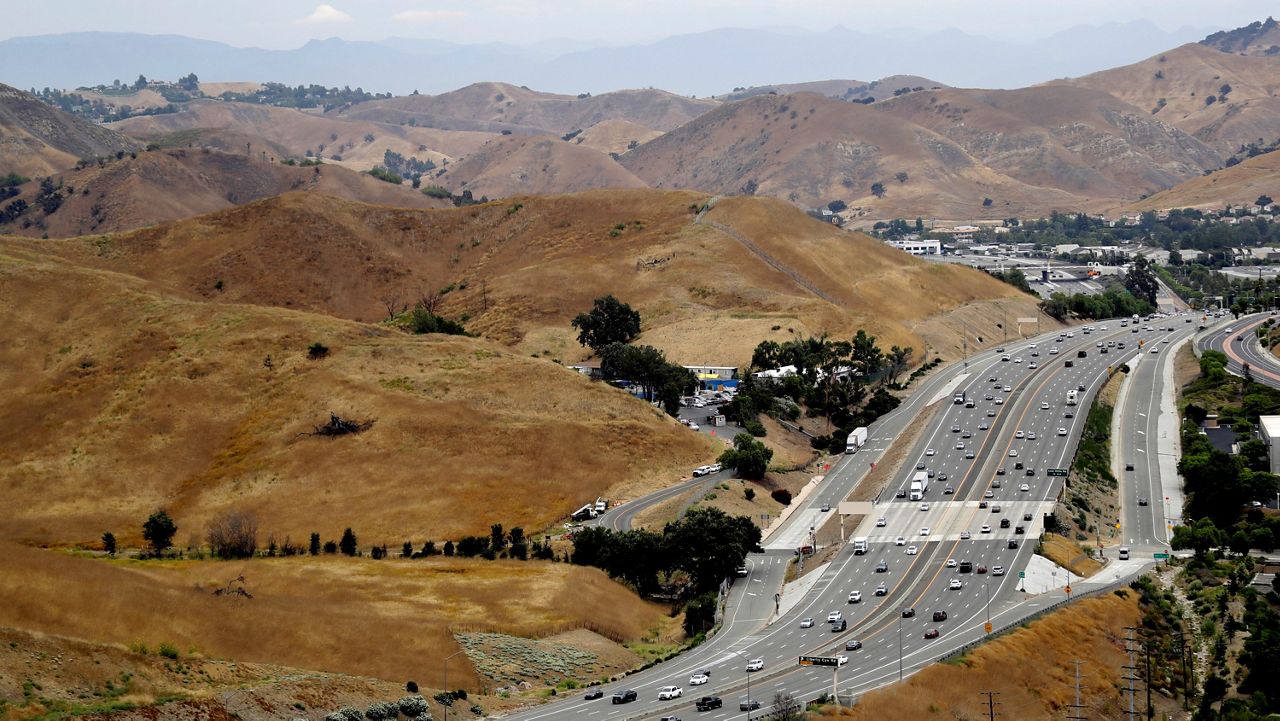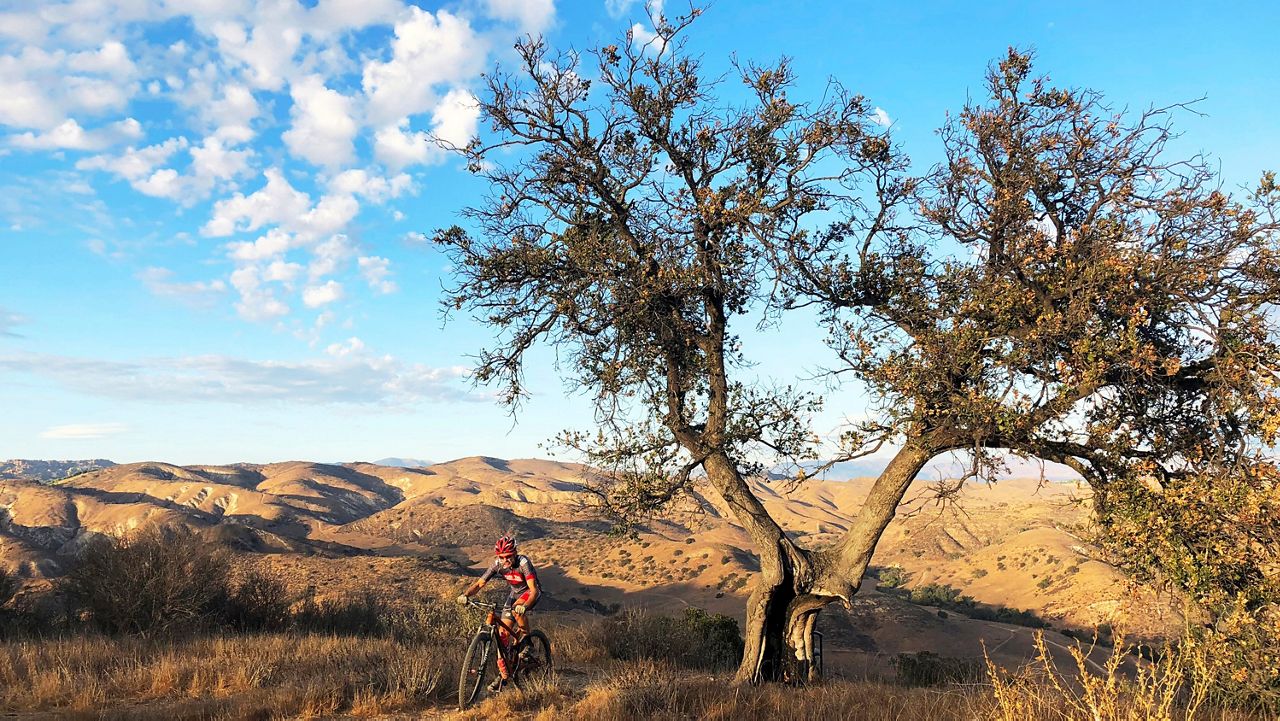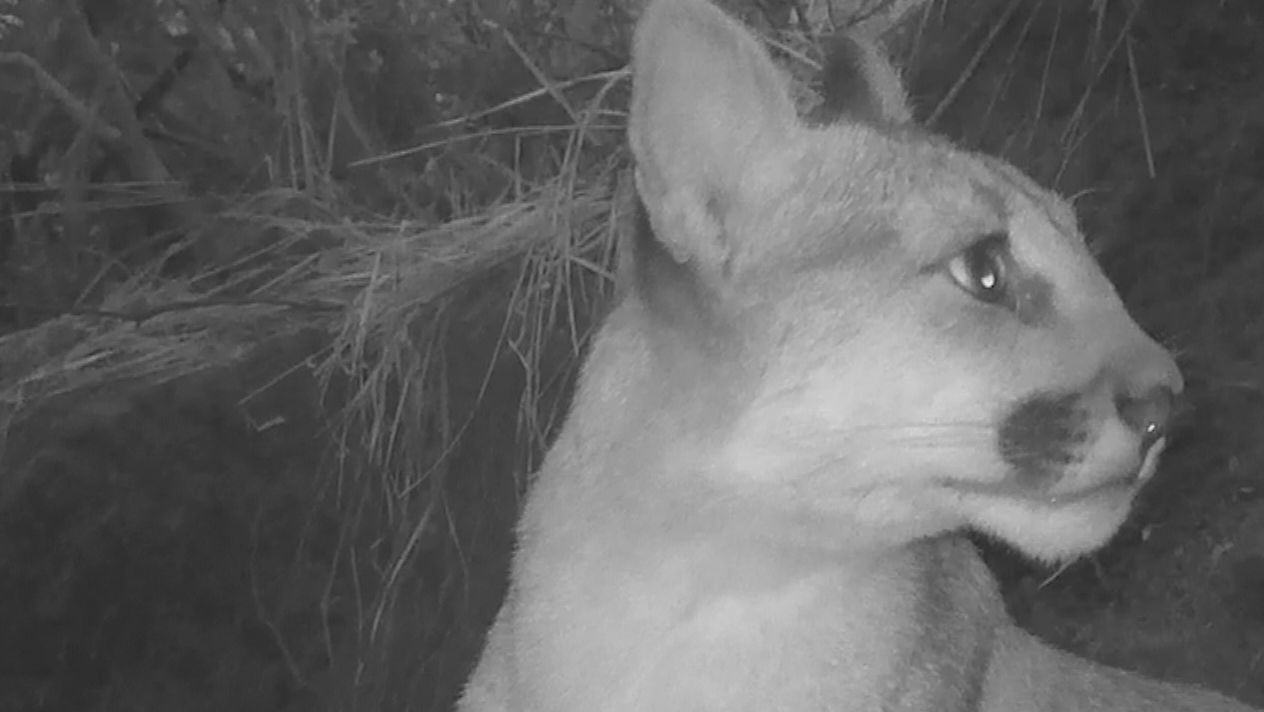SANTA MONICA, Calif. — Masks, gloves, and other PPE have become a common find in Santa Monica Beach parking lots and sand. Spectrum News 1 reached out to the City of Santa Monica Public Works department’s Resource, Recovery, and Recycling team about the mounting litter in the area.
We were told that the team had not been in the area since beach parking lot closures in March, and that they would immediately begin cleanup efforts the following day.
Meredith McCarthy, a Santa Monica resident and 20-year volunteer with Heal The Bay, spent time during the pandemic leading her own beach cleanups.
“Occasionally, you’d find a weird random glove. But now, almost every cleanup we find a mask or a glove of some kind,” McCarthy said.
Over the last few weeks, there’s been a surge in PPE litter in the area — items she wishes were left somewhere else.
“The gloves just shred and shred, until they look like sea jelly. So it’s just, it’s such an easy thing to walk over and throw into a trash can, and it’s safer for everybody,” McCarthy said.
With the pandemic still underway, large groups like Heal The Bay’s beach cleanup efforts are left unable to gather and help clean SoCal’s beaches — despite the increase in trash.
That’s why Heal The Bay is turning this year’s Coastal Clean Up Day into a month-long opportunity starting September 5. The weekly online events are meant to encourage volunteers to lead their own small neighborhood, park, or beach cleanups. But this year, they’ll also have something new to keep tabs on.
“This time there will be a category for PPE so we will have a good count by the end of September of how much of that disposable plastic is ending up in our environment,” Shelley Luce, CEO of Heal The Bay, said.
With the mounting PPE in the area, Luce and McCarthy recommend using reusable fabric masks and reusable grocery bags in stores to reduce the amount of waste these disposable versions of these items are creating.
Currently, Heal The Bay does not have enough data on how much PPE little has been found during cleanups. But the organization is hopeful that the upcoming individual cleanups and informational cards will help them gain a better understanding on how much litter was generated during this time.
“We have this privilege of living within a couple miles of this coast and it’s the least we can do is to take care of it,” McCarthy said.











